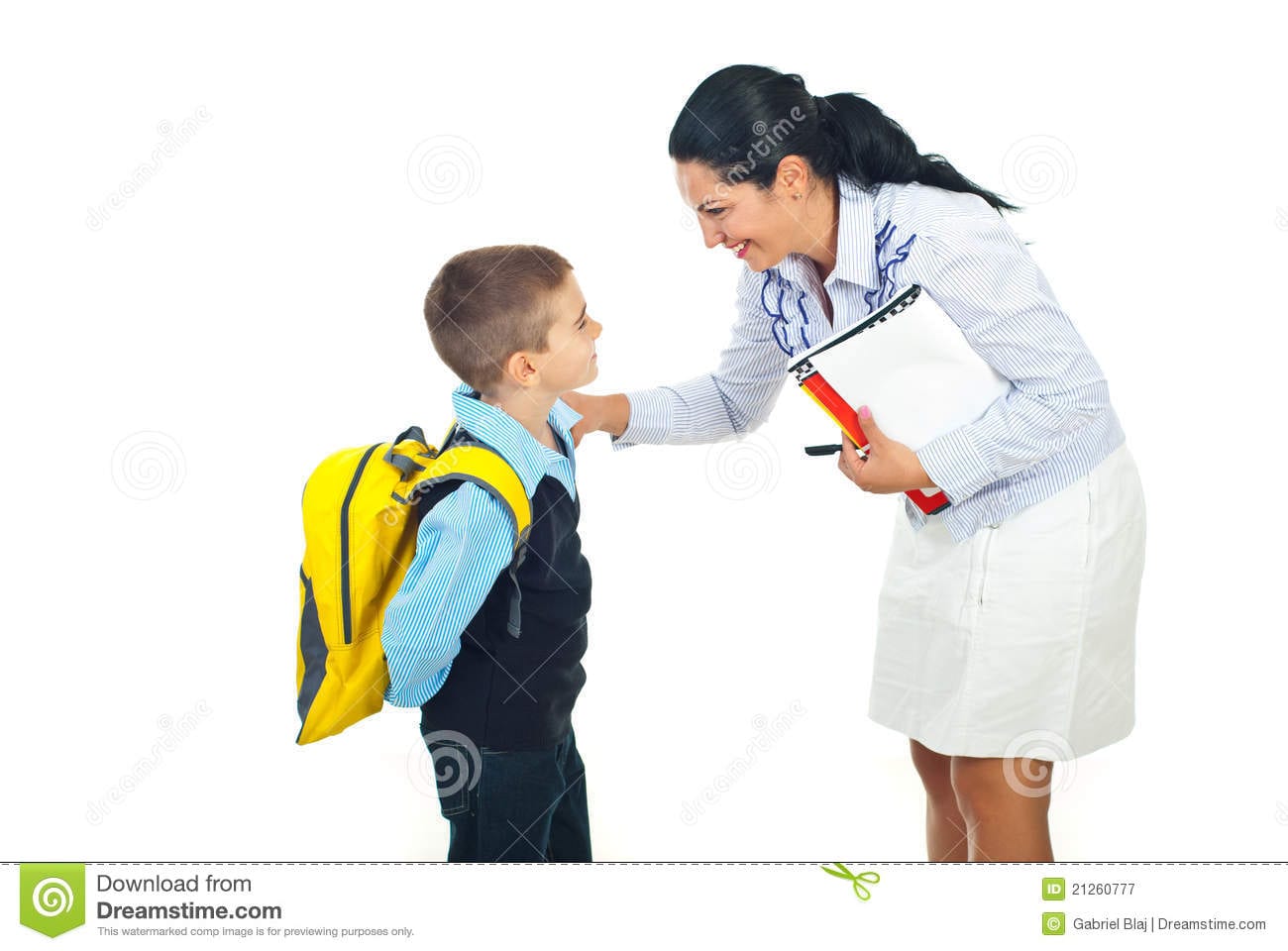Student Contributor: M. Ohland
 Precorrection is a strategy that is used to prepare students before there is a situation that could create misbehavior. This tool is helpful because it tells the students what the desired behavior is before doing what they need to do.
Precorrection is a strategy that is used to prepare students before there is a situation that could create misbehavior. This tool is helpful because it tells the students what the desired behavior is before doing what they need to do.
This tool, precorrection, is used when the students go into situations that may cause misbehavior. For example, if a student tends to talk out while at a school musical, you can pull that student aside and tell them, “Later today we are going to go to a school musical. It would make me so happy if you could stay as quiet as possible during the entire musical.” Then the teacher and the student can come up with some ideas of what could happen if he talks out at the musical. The teacher should then encourage the student that they know they can behave appropriately.
 The phase that I would place precorrection in is the Corrective phase. I chose this phase because it is ultimately correcting a behavior before its happens. Eventually there will not need to be a conversation because the student will know what the desired behavior is. It could fit into the Preventative phase because the teacher is trying to prevent a behavior to happen that they know could possibly happen. This tool could also fall under the Supportive phase because the teacher is supporting the student with trying to solve a common misbehavior for that student. Even though these phases could work, the Corrective phase works best. The Theory of Influence that this tool would fall under is the Collaborative theory because both the student and teacher is involved in pointing out what the misbehavior is and trying to solve it.
The phase that I would place precorrection in is the Corrective phase. I chose this phase because it is ultimately correcting a behavior before its happens. Eventually there will not need to be a conversation because the student will know what the desired behavior is. It could fit into the Preventative phase because the teacher is trying to prevent a behavior to happen that they know could possibly happen. This tool could also fall under the Supportive phase because the teacher is supporting the student with trying to solve a common misbehavior for that student. Even though these phases could work, the Corrective phase works best. The Theory of Influence that this tool would fall under is the Collaborative theory because both the student and teacher is involved in pointing out what the misbehavior is and trying to solve it.
More Information –
Tool Source: Vitto’s Article Creating and Implementing Effective Consequences


